
Thinking about buying a bowling ball? You’ve got a ton of options to choose from, including spare balls, reactive resin bowling ball, and more. One of the most important things to consider when buying a bowling ball is how much it costs, and that’s where we can help.
In this article, we discuss the average bowling ball cost. We'll also reveal some factors that affect bowling ball costs so you can make an informed decision.
Contents
How Much Does a Bowling Ball Cost?
Bowling balls prices range from $10 to $250 on average. These are the balls that you'll find in department stores and select pro shops.
Specialty balls, engineered with performance-enhancing materials, may cost much more - up to $500. Rare bowling balls cost as much as $10,000 or more. As you can see, the price of a bowling ball varies widely.
Here are some of the most popular bowling balls and their prices:
- Brunswick Rhino Bowling Ball - $138 - This is a league's entry-level bowling ball with a reactive resin coverstock. It is best used on dry or neutral lanes. People who use this ball say that it offers different types of bowling playing styles than house balls and has a noticeable hook.
- Brunswick TZone Bowling Ball - $60 - This is a great bowling ball for the casual straight bowler. It can also be used by professionals as a spare ball (a ball used to target specific pins to pick up spares). It has a plastic/polyester bowling ball coverstock, which is ideal for anyone who's looking to develop their skills in the sport.
- Storm IQ! Tour Gold Bowling Ball - $499 - This is a 15-pound pearl reactive bowling ball with a C³ Centripetal Control Core. It gives the bowler enormous control and a strong hook at the back end of the lane.
- Mikasa Acrylic Green Clear Bowling Ball - $10,000 - This is a 14-pound vintage acrylic bowling ball from the 70s. It's being offered on eBay at an astonishing price due to its rarity and interesting design.
Why Some Bowling Balls Are Expensive
As you can see, bowling ball prices can vary widely. But what makes some bowling balls more expensive than others? Let's take a look at a few of the most influential factors:
The Ball's Coverstock
The coverstock is the material that covers the outside of the bowling ball. It's usually made of plastic/polyester, urethane, or reactive resin. The coverstock affects the ball's behavior on the lane as well as its durability.
Plastic balls are the cheapest, given that they don't add much to a ball's behavior on the lane. Urethane bowling balls are a bit pricier, as they provide good lane grip, a bit of hooking potential, and extreme durability.
Reactive resin is the most expensive coverstock, offering great lane grip and an incredibly strong hooking ball.
The Ball's Weight
The weight of a bowling ball also affects its price. Heavier bowling balls tend to result in more strikes than lighter balls, and here’s how. The ball barrels through the pins instead of deflecting and has higher hook potential than lighter balls.
Note: Bowling balls come in weights ranging from six to 16 pounds.
The Type of Weight Block
The weight block is the piece of material inside the ball that gives it its weight. There are two main types of weight blocks: symmetrical and asymmetrical.
Symmetrical weight blocks are the cheapest, as they're the simplest to manufacture, and they don't lend the ball hooking potential.
Asymmetrical weight blocks are more costly because they enable bowlers to hook strategically and get more strikes. They also require more precise manufacturing.
The Brand of the Ball
The brand of a given bowling ball also affects its price. Some brands, like Brunswick and Storm, are known for their high-quality products, so their balls often come with a higher price tag than other brands. Lesser-known brands will not command as high of a price.
Note: This is not an exhaustive list of factors that affect a bowling ball's price. But it does give you an idea of some of the most important ones.
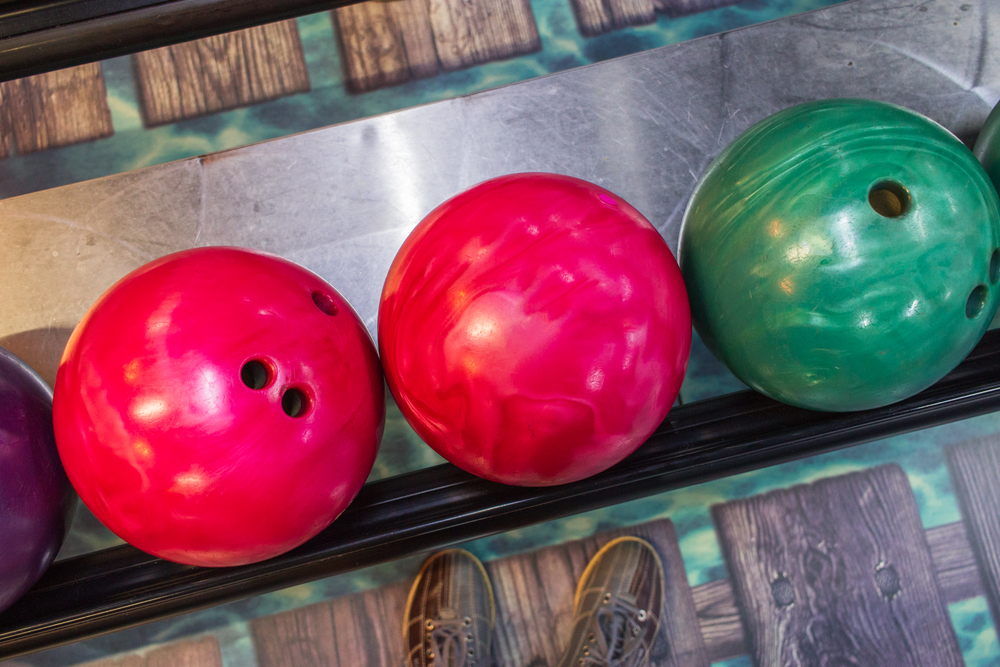
What to Consider When Setting a Budget for Your Bowling Ball
Now that you know some of the main factors that affect a bowling ball's price, you can start to narrow down your options and set a budget. Here are a few things to keep in mind:
- Your skill level: If you're a beginner, you won't need an expensive bowling ball with a special coverstock or weight block. A simple plastic bowling ball will do just fine. But if you're more experienced, you might want to invest in a ball with a reactive coverstock.
- Your bowling style: If you bowl with a straight style, you won't need as much hooking potential. If you bowl with a hook style, you'll need a ball that makes them easier to execute.
- Available cash: Obviously, this is a big factor to consider. You don't want to spend more than you can afford on a bowling ball. You also don't want to skimp too much and end up with a ball that doesn't suit your needs.
- Whether you need other equipment: In addition to your bowling ball, you may need a good pair of shoes and a bag to carry everything in. These items can also affect your budget.
How Much to Spend on Your First Bowling Ball
If you're a beginner, we recommend spending between $75 and $125 on your first bowling ball. This should get you a decent quality ball that will last you a while.
You don't need to break the bank when it comes to bowling balls. Most low-priced balls will deliver decent performance bowling balls.
As you become more experienced, you might want to start looking at balls with reactive coverstocks. They allow you to try different bowling styles and shots to improve your game.
When you're ready, we recommend spending between $150 and $200 on a good reactive ball.
Of course, these are just guidelines. You may find a great deal on a high-end ball, or you may decide that you're perfectly happy with a cheaper ball. It all depends on your individual needs and preferences.
Is Buying a Bowling Ball Worth It?
Whether a bowling ball is worth it, will depend on your individual circumstances. If you bowl frequently, it's probably worth investing in a good quality ball. But if you only bowl once in a while, you might be better off renting a ball or using one that's already been broken in.
If you do decide to buy a bowling ball, make sure to do your research and find one that's suited to your skill level and bowling style.
With so many options on the market, it's important to find a ball that fits you well and won't break the bank. And with a little bit of effort, you should be able to find the perfect ball for your needs.
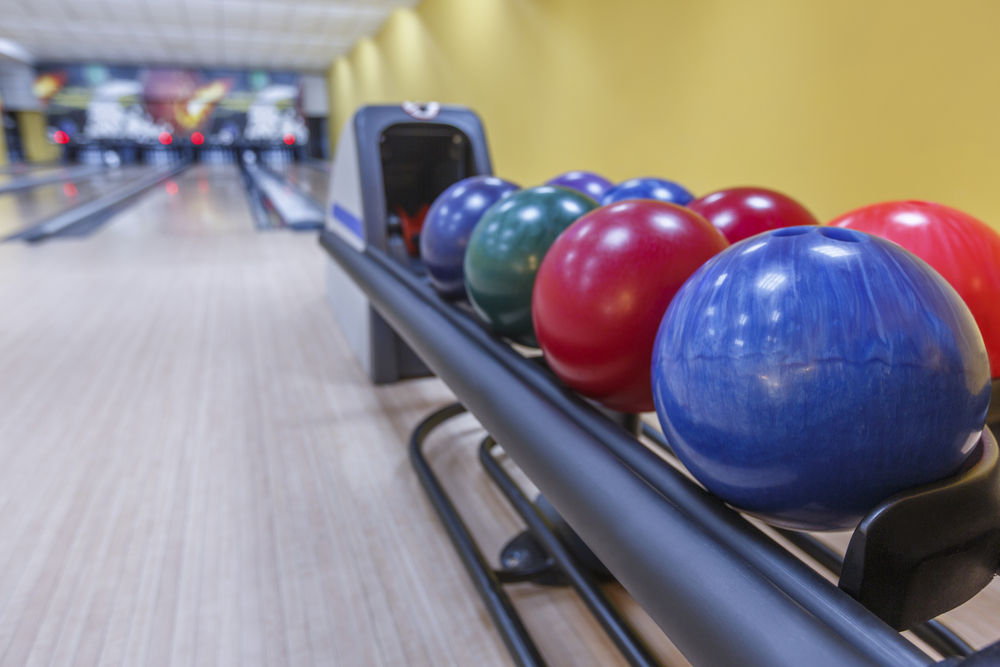
How much does a custom bowling ball cost?
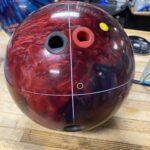
Entry-level custom polyester ball range between $75- $150. Intermediate-level custom balls run between $150 - $250. High-end custom reactive resin balls can cost more than $250.
So, what exactly does having a custom bowling ball mean? Having a custom bowling ball means you've changed the manufactured bowling ball to fit your personal specifications. You can personally choose a specific color, coverstock, core, and weight (size). But you'll have the bowling ball drilled specifically for your hand. The drilling is the customization.
What weight bowling ball should I buy?
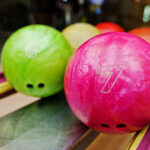
Use the ten percent (10%) rule.
The 10% rule states that a person should use their body's weight multiplied by 10% to determine what weight bowling ball to use (up to 16 lbs). If you are using house balls, you also have to take the size of the finger holes into consideration as well. So you'll have to find a balance between weight and finger fit.
Can you buy a 20lbs ball?
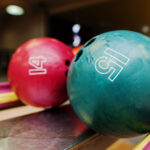
Buy... In the internet age, anything is possible.
However, the heaviest regulated bowling ball weight is 16 lbs.
Anything heavier can cause damage to the bowling lane and bowling pins. More than likely, bowling centers will frown upon using a heavier than 16 lbs bowling ball.
Related Articles
- What Is the Most Expensive Bowling Ball
- What Makes Bowling So Expensive
- How Much Does It Cost to Go Bowling
As you may have gathered from this article, bowling balls are available at various prices, depending on the weight and materials used. We encourage you to use the information in this article to help you set a budget and purchase a ball that fits your skill level and bowling style.
You’ve got all you need to decide whether it’s time to buy a bowling ball – and if it is, which type of ball you should choose and how much you should expect to pay.
Either way, we urge you to continue seeking out information about the sport because knowledge is paramount when it comes to boosting your skills. Happy bowling!
Kira Byrd, a Certified Fraud Examiner, holds a B.S. in Accounting from the University of Alabama at Birmingham. With a passion for bowling from her childhood, Kira has poured her expertise and personal experiences into creating and nurturing Bowling For Beginners. Kira's mission is to meet new bowlers where they are and guide them toward consistently achieving higher scores. With a focus on skill development and strategic techniques, she empowers readers to take control of their game and unlock their true potential.
Bowling For Beginners embodies strict editorial integrity, ensuring reliable and unbiased information. Kira's commitment to delivering valuable insights and practical strategies is reflected in every article. Here's an explanation of our editorial policy and how we get money.





